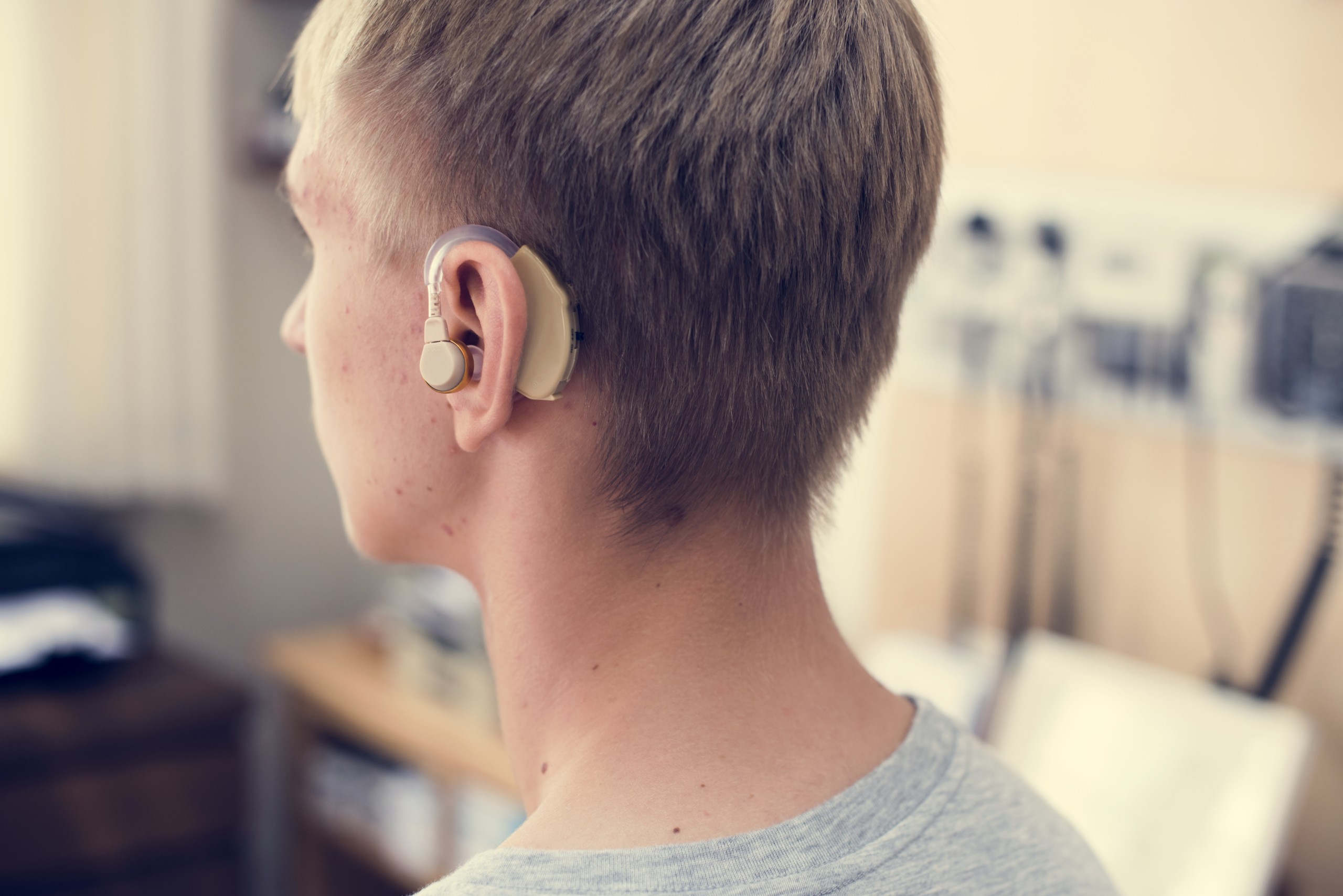Written by Paul Smith, SVP of Commercial, AdTonos
In early August, Project Understood, Gold winner of the 2022 Creative Effectiveness Lions, made the headlines for successfully making voice technology more accessible to the Down Syndrome community. Up until then, the AI driving this technology was only capable of understanding one in three words of those with atypical speech: a shortcoming the Canadian Down Syndrome Society (CDSS) sought to solve.
Recognising the empowering potential of voice assistance tech for the community, the CDSS, supported by FCB, ran a campaign to collect raw data to train and improve Google’s AI and voice assistance technology. Off the back of this bid to make technology more accessible, Google set up Project Relate, an Android app engineered to support those with atypical speech.
The lessons to be learned from this campaign are two-fold: firstly, there are a lot of ways in which our technology continues to marginalise certain communities, and secondly, there are a lot of ways in which technology can be used to address these issues.
Indeed, the industry shouldn’t stop here. We should use these challenges as motivation to galvanise future developments that will facilitate access and inclusivity into mainstream society.
A large slice of the population: invisible to brands?
Let’s consider the numbers for a second, disability insights firm Return on Disability estimates that 73% of the global population are either affected by disability or know someone with a disability. This is a huge portion of the population that is often not included when it comes to product development, marketing campaigns, or advertising, and yet, they control over $13 trillion in annual disposable income.
While Project Relate underlines that efforts are being made, there is still a lot of room for improvement. Especially if we take into account an ageing population that will need additional support – even just in terms of seeing and hearing aids – businesses need to start responding to what consumers need. And what they need is an inclusive offering that accommodates for the reality of diversity.
As an example, Vox Creative built an immersive transcript of their podcast More Than This to cater to its hearing-impaired audience. The experience goes far beyond what we think of when we turn our minds towards your average transcript: the narrative appears rhythmically across the screen as the user scrolls down, reminiscent of the cadence of speech. It also integrates colour and font to further add nuance to the story. Through mastering a variety of visual tools, this transcript is much more than simple ‘speech-to-text’ – it’s a story laden with emotion.
Incorporating accessibility into our media and communications does not have to be clunky or awkward – it can add value, and demonstrate a business’ commitment towards inclusivity. What’s more, one study showed that captioning increased Facebook video viewing times by 12%, even for audiences without hearing disabilities. This shows that certain features can benefit much more than just their targeted community and can in fact serve a larger population.
Catering to the diverse human palette
Different kinds of media can be accessible to anyone, whatever their ‘primary’ function. Just because something was originally developed as audio or video only doesn’t mean it can’t be transformed as long it’s done creatively – and not as an afterthought.
We need to think about how these technologies can serve other communities. Voice assistance can be helpful to a range of people, from the visually impaired to those with cerebral palsy, motor skill, and/or other learning difficulties. Transcription technology and dyslexia accessible versions of websites (either by providing the audio or adapting the text) are part of the tool set.
Can we use immersive transcript technology to make gaming more accessible? And if we want to include different communities into marketing endeavours, how can we transform our audio and visual ads? Voice-activated and interactive ads remove some of the steppingstones to access, but it’s always worth asking ourselves where and how we can do more.
We’re mostly limited by our own biases. In order to overcome these, we need to listen to these communities to learn how to shape technologies, products, and services that speak to everyone. It is not only the able-bodied that want to listen to stories, play games, buy clothes, go on holiday, or just generally participate in life. Instead of technology acting as a gateway, let it be a bridge.



